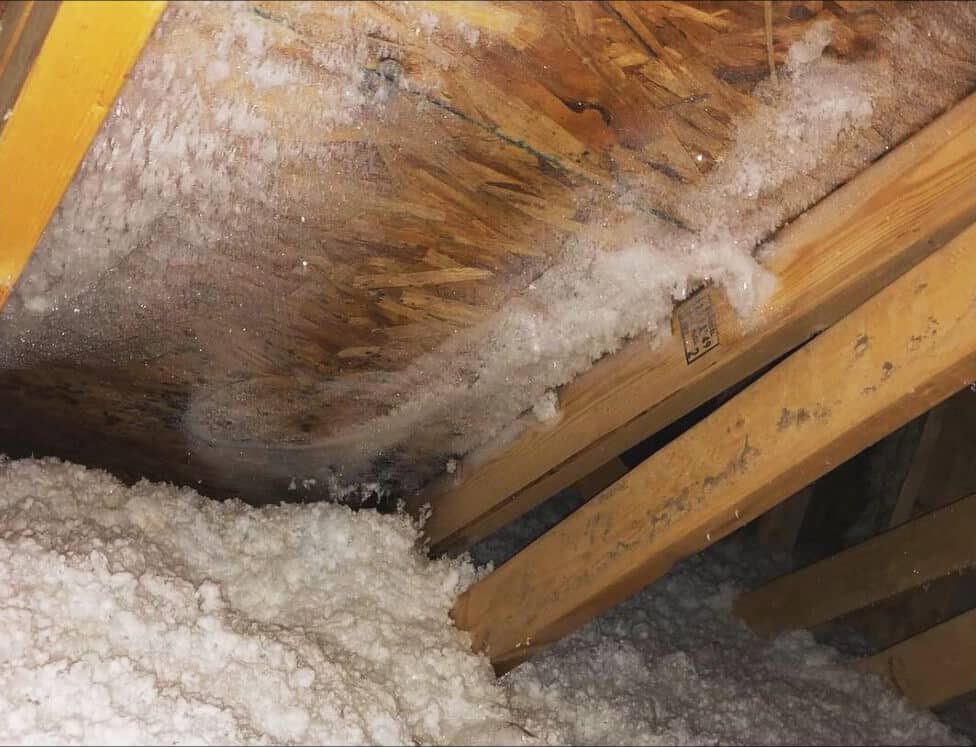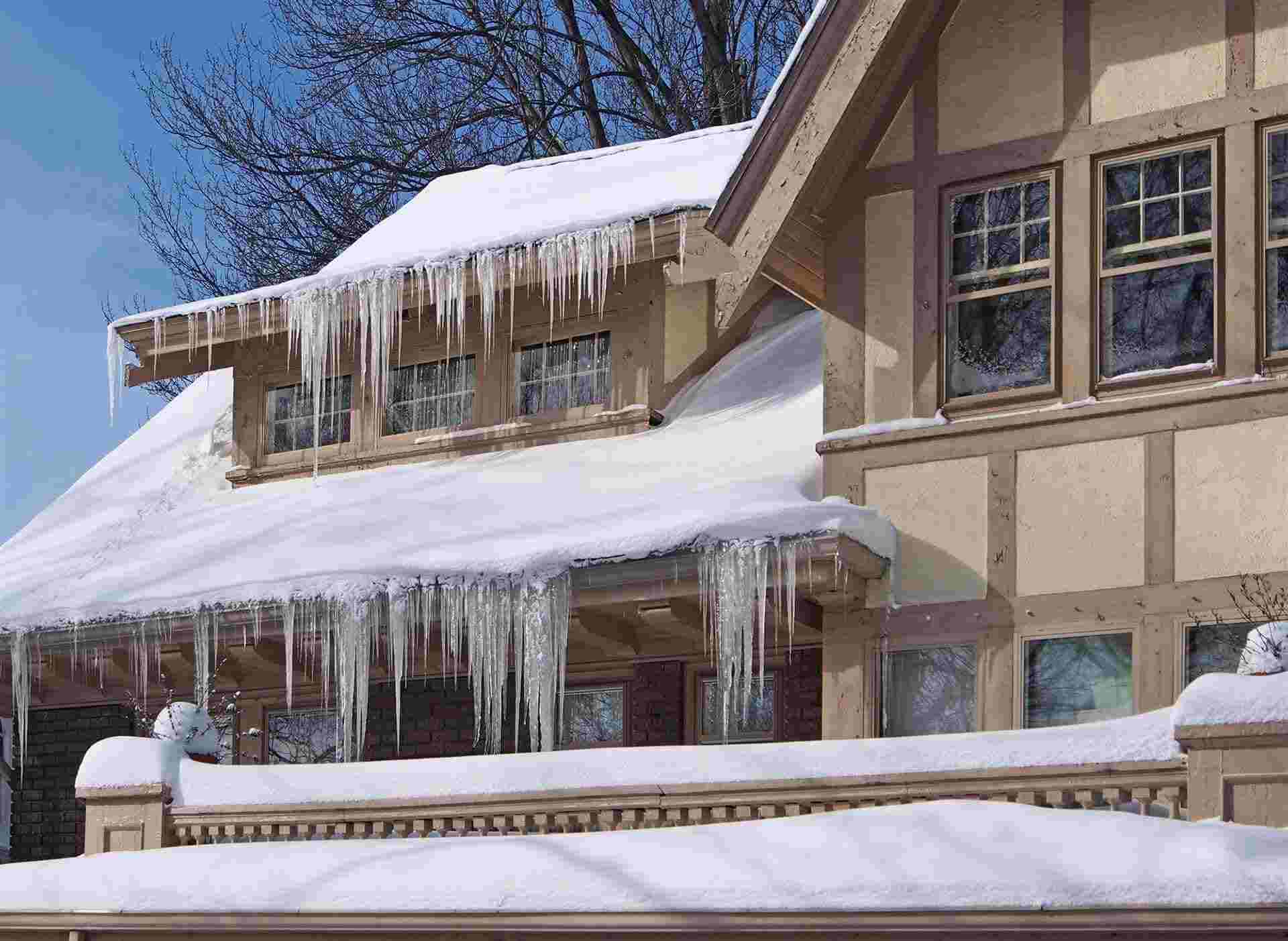
Condensation
Condensation in Calgary Condensation in the attic of your Calgary home, commonly referred to as “attic rain”, is often mistaken for a leaky roof. Over
Home » July 28, 2020

Condensation in Calgary Condensation in the attic of your Calgary home, commonly referred to as “attic rain”, is often mistaken for a leaky roof. Over

What is Ice Damming? In the winter months when snow blankets the roof, ice damming can occur when the heat from the attic and/or roof
©2024 Hubbard Roofing & Exteriors | Privacy Policy & Terms
©2023 Hubbard Roofing & Exteriors | Terms